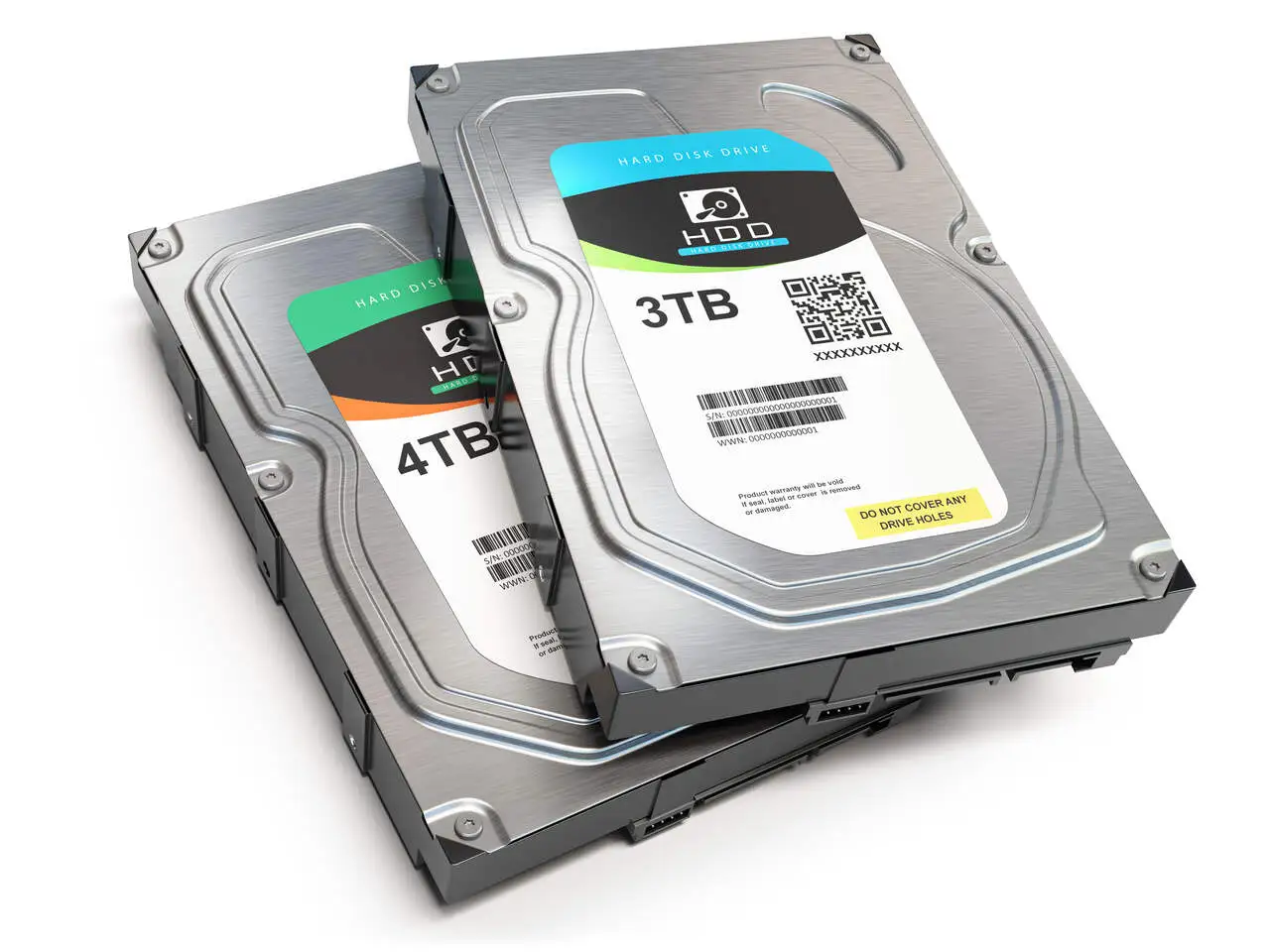Recovery of files affected by POHJ Ransomware
We can recover data encrypted by most ransomware extensions on any storage device
- VMware ESXi
- Microsoft Hyper-V
- Microsoft SQL Server
- Firebird
- Oracle
- VMware ESXi
- Microsoft Hyper-V
- Microsoft SQL Server
- Firebird
- Oracle

WORLDWIDE SERVICES
CASES OF LOCKBIT ATTACK
CASES OF BLACK CAT ATTACK
CASES OF HIVE LEAKS ATTACK
CASES OF MALLOX ATTACK
AMOUNT SAVED FOR NOT DEALING WITH HACKERS
Decrypt POHJ ransomware files
By utilising our distinctive methods, the restoration of POHJ encrypted files has become a feasible prospect.
When faced with such a catastrophic situation, there is often little that can be done, particularly if backups have been compromised or are not current. It is staggering to note the quantity of companies that have been forced to cease operations after having their data encrypted.
In numerous instances, despite paying the ransom, the POHJ criminals do not provide the decryption key, leaving the victim without any recourse.
Digital Recovery comes to the market with solutions capable of decrypting files affected by ransomware. We have solid numbers in our recovery projects.
Why Digital Recovery?
Having amassed over 23 years of experience, we have garnered a vast array of contented clients from across the globe. Our solutions can be executed remotely in most cases, and we offer multilingual support.
With the surge of POHJ ransomware attacks worldwide, we specialise in decrypting ransomware. We have devised a distinct solution that can be utilised for the vast majority of storage devices, Virtual Machines, RAID Systems, Storages (NAS, DAS, SAN), Databases, Servers, and many other applications.
Our specialists are highly qualified and equipped with the latest technologies available in the data recovery market. The most significant of these is TRACER, our proprietary technology that has delivered outstanding results in decrypting POHJ ransomware files.
We offer an advanced diagnosis that enables us to comprehend the scope of the attack. This initial diagnosis can be completed within 24 business hours of receiving the samples. Subsequently, we provide a commercial agreement, which once accepted, initiates the file decryption process.
All our solutions are compliant with the General Data Protection Regulation (GDPR), ensuring complete security for our customers. Moreover, we offer a confidentiality agreement (NDA) written by our legal department. However, if you prefer to provide an NDA composed by your own company, we are open to reviewing and accepting it, if necessary.
We are
always online
Please fill out the form, or select your preferred contact method. We will contact you to start recovering your files.
Success stories
What our clients say about us
"We had a serious problem after a power failure of a NAS server in Raid 5. I immediately contacted DIGITAL RECOVERY. After a few days of hard work the problem was solved."

"One of our raid servers had stopped. After several attempts without solving the problem we found DIGITAL RECOVERY and 5 hours later, at 4am, the data was recovered."

"We appointed DIGITAL RECOVERY in a special case (of data loss) in a raid 5 storage. Digital Recovery was able to recover 32 million files so our customer was extremely satisfied.”

"Without a doubt the best data recovery company in Latin America. The contact Digital Recovery will always be saved on my phone, because inevitably I will need again."

"The quality of the service is excellent. The attention given to customer service is gratifying and the feedback we receive reassures us that we can trust the work and dedication."

Customer since 2017
"Great company, they saved me from a big problem! I recommend, fast service, my thanks to the Digital Recovery team for the attention and quick solution to the problem! Show!"

"Second time that I count with the agility and professionalism of the Digital Recovery team, they are very experienced and agile. I recommend to all"

"They helped me recover some data that I had thought was lost. I had a great experience with the team for their calmness, agility and transparency."










Answers from our experts
The retrieval of POHJ ransomware files is feasible because of our unique, in-house technology that enables us to identify and reconstruct the encrypted files in numerous instances. This procedure necessitates a thorough understanding of the affected storage device; otherwise, the files may become corrupted, making recovery unfeasible. Our specialists possess in-depth knowledge of all the primary storage devices, including RAID systems, Storages (NAS, DAS, SAN), Databases, Servers, Virtual Machines, and many more.
How to choose a company to decrypt my data?
Choosing a company to decrypt your data affected by POHJ requires careful consideration and research. Here are some tips to help you make an informed decision:
- Look for a reputable company: Choose a company that has a good reputation for data recovery and decryption services. Read online reviews and testimonials to get an idea of their quality of service.
- Check for certifications: Make sure the company you choose is certified in data recovery and decryption. This will give you confidence in their ability to handle your data securely.
- Consider the cost: Decryption services can be expensive, so it’s important to compare prices between different companies. However, don’t make cost your only deciding factor as the cheapest option may not always be the best.
- Look for experience: Choose a company that has experience in decrypting data similar to yours. This will increase the likelihood of a successful decryption.
- Ask about their data security measures: Make sure the company has strong data security measures in place to protect your sensitive data.
By following these tips, you can choose Digital Recovery as the company to decrypt your data and recover your important files.
How much does the process to decrypt POHJ ransomware cost?
The cost to decrypt POHJ ransomware can vary depending on the severity of the attack and the complexity of the decryption process. The cost may also depend on the version of POHJ ransomware and the specific files that need to be decrypted. This can only be determined once the extent of damage caused by the ransomware has been analysed and the possibility of decryption has been evaluated.
It’s important to note that there is no guarantee that decryption will be successful, and some files may be permanently lost or corrupted. Therefore, it’s important to find a company that doesn’t ask the full amount of the project upfront. It’s best to consult with a reputable data recovery company to get an accurate estimate of the cost for your particular situation.
Is negotiating with POHJ hackers a good option?
Cybercriminals rely on victims to reach out to them in the initial stages of the attack. They often use threatening language in their ransom demands, putting victims under immense stress and pressure to comply with their demands.
At Digital Recovery, we advise victims not to engage with these criminals directly. Instead, we encourage them to seek professional assistance from experienced experts in this field. Our team will work with you to analyse the situation, assess the extent of the damage, and determine the chances of successful recovery from POHJ.
Latest insights from our experts

Data Loss, a Real and Present Risk!
Data loss is a critical problem that affects individuals, companies and organisations of all sizes, and can result in devastating consequences, from the loss of

What is a zero-day attack?
A zero-day attack is a type of cyber threat that exploits a software vulnerability unknown to the developers or manufacturers of the software in question.

Best HD brands
When talking about the best hard drive brands, it’s important to consider various aspects such as reliability, performance, storage capacity and value for money. These
What you need to know
How to prevent a POHJ ransomware attack?
POHJ Ransomware attacks are becoming increasingly common and can have devastating effects on businesses and individuals alike. Here are some steps you can take to help prevent a ransomware attack:
- Keep your software up to date: Make sure your operating system, web browser, and other software are all up to date with the latest security patches. Many ransomware attacks exploit vulnerabilities in older software versions.
- Use strong passwords: Use long, complex passwords and two-factor authentication to protect your accounts from unauthorised access. Avoid using the same password for multiple accounts.
- Be cautious of suspicious emails: Phishing emails are a common way for ransomware to infiltrate systems. Be wary of emails from unknown senders or emails that contain unexpected attachments or links.
- Back up your data: Regularly back up your important files to an external hard drive or cloud storage service. This can help you restore your data in case of a ransomware attack.
- Install antivirus software: Install reputable antivirus software on your computer and keep it up to date. Antivirus software can detect and prevent many types of malware, including ransomware.
- Limit access to sensitive information: Limit access to sensitive information only to those who need it. This can help reduce the risk of accidental exposure or intentional theft.
- Train employees: Educate your employees about ransomware and how to avoid it. Teach them to be cautious of suspicious emails and to report any potential security threats to IT.
By following these steps, you can help reduce the risk of a POHJ ransomware attack and protect your data and systems.
What is the most common means of access used by POHJ hackers to break into environments?
The most common means of access used by POHJ hackers to break into environments is through exploiting vulnerabilities in software, hardware, or human behaviour. This can include:
- Phishing attacks: Hackers use fraudulent emails, social media messages, or phone calls to trick individuals into revealing their login credentials or other sensitive information.
- Password attacks: Hackers use various techniques, such as brute force or dictionary attacks, to guess or crack passwords.
- Malware: Hackers use malicious software, such as viruses, worms, or Trojans, to infect computers or other devices and gain access to sensitive data.
- Software vulnerabilities: Hackers use known vulnerabilities in software, such as operating systems, web servers, or applications, to gain unauthorised access to a system.
- Misconfigured or unpatched systems: Hackers exploit weaknesses in system configurations or outdated software that has not been patched or updated to gain access.
- Social engineering: Hackers use social engineering techniques, such as pretexting or baiting, to manipulate individuals into divulging sensitive information or granting access to secure systems.
To reduce the risk of a successful attack, it’s important to implement security best practises, such as strong passwords, two-factor authentication, regular software updates and patches, employee security awareness training, and the use of security tools like firewalls, intrusion detection systems, and antivirus software.
Is there any behaviour of my server that I can analyse to know if I am being attacked by POHJ Ransomware?
High consumption of processing, memory and disk access are suspicious behaviours that need to be investigated thoroughly in order to assess whether an attack is underway.
The POHJ ransomware uses the machine’s own resources to perform exfiltration. In order to encrypt the machine this demands the use of its own resources.
It is also possible to detect the attack by the changes made to the file extensions, this type of detection is a bit more complex because the encryption process will have already been started.
What happens if I don't pay the POHJ ransom?
The data will remain encrypted, it will be necessary for the affected machine to be formatted. By doing so all stored data will be lost.
But in cases where the POHJ group uses the double extortion tactic of copying and extracting all files and encrypting the original data, the stolen files will be posted on the group’s website or Dark Web forums and all original data will remain encrypted on the affected device, requiring the device to be formatted.



